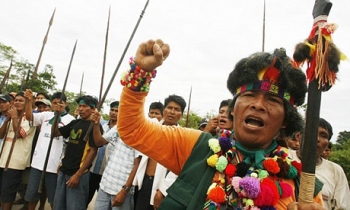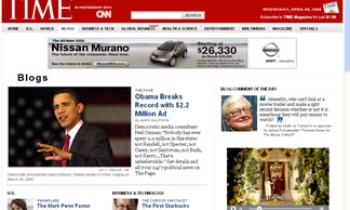NEW DELHI, August 1: A bare handful of magazines around the world can survive on cover price sales alone; it's the advertisements that make a magazine a viable proposition. Given this backdrop, the perspective of media users had to be taken seriously. The unanimous view that surfaced was that magazines present the most fragmented media option.
Chinamani Rao, president, Universal McCann, dwelt at length on the fragmented media scene while chairing the session on "Media users' perspectives on challenges and opportunities". The problem, he said, was compounded by the fact that newspapers were now straying into magazine territory with their form and content. Rao raised the issue of the means that had to be adopted in order to make magazines relevant to advertisers.
Kartik Iyer, president, Initiative, hit the nail on its head by declaring that consumers were more interested in the content of magazines rather than the advertisements that were carried in them. Iyer went on to say, "We need to create incentives to create advertising in magazines. Innovation is not a mere option, but is mandatory." Consumers may pick up a magazine because of its content, but they need to know magazines are to carry advertisements as well.
The point, therefore, is for advertisements to be part of the content package itself. This, Iyer, believed, could only be done by advertising agencies and publishers together. Stressing on the need to measure the media, he said advertisements would now have to be created specifically. For this to happen, he underlined the need for publishers to change content rules.
Lodestar Media's executive director, Shashi Sinha, however, expressed his reservations about innovations, and argued that innovations would not always work. An innovation can be of a one-time effect only. Sinha also answered Iyer's need for measuring media, by saying that "The noticeability of advertisements in magazines is far higher than that in newspapers."
Zenith Optimedia chief executive officer, Ambika Srivastava's presentation laid emphasis on ROI issues. Since consumers are overloaded with communication tools, Srivastava insisted that the role of magazines can be evaluated by providing better metrics. The "I" of the ROI that she talked about stood for investment, individuals and innovations. By better metrics, Srivastava meant a holistic tool to measure and plan the business effect of all consumer communications.
Anita Nayyar, executive director (North), Starcom India, went a step ahead of Srivastava, by maintaining that revenues posed a big problem for the magazine industry, which had a slow reach and the responsiveness could not always be gauged at first blush. Nayyar also highlighted the opportunities for targeting the youth and women with her detailed graphical analyses of the latest NRS figures. Both these segments, she demonstrated through her presentation, were not being reached out to in the fullest by magazines.
The discussion was summed up by Rao, who once again underscored the singular strength of magazines: the power of engagement and involvement.









